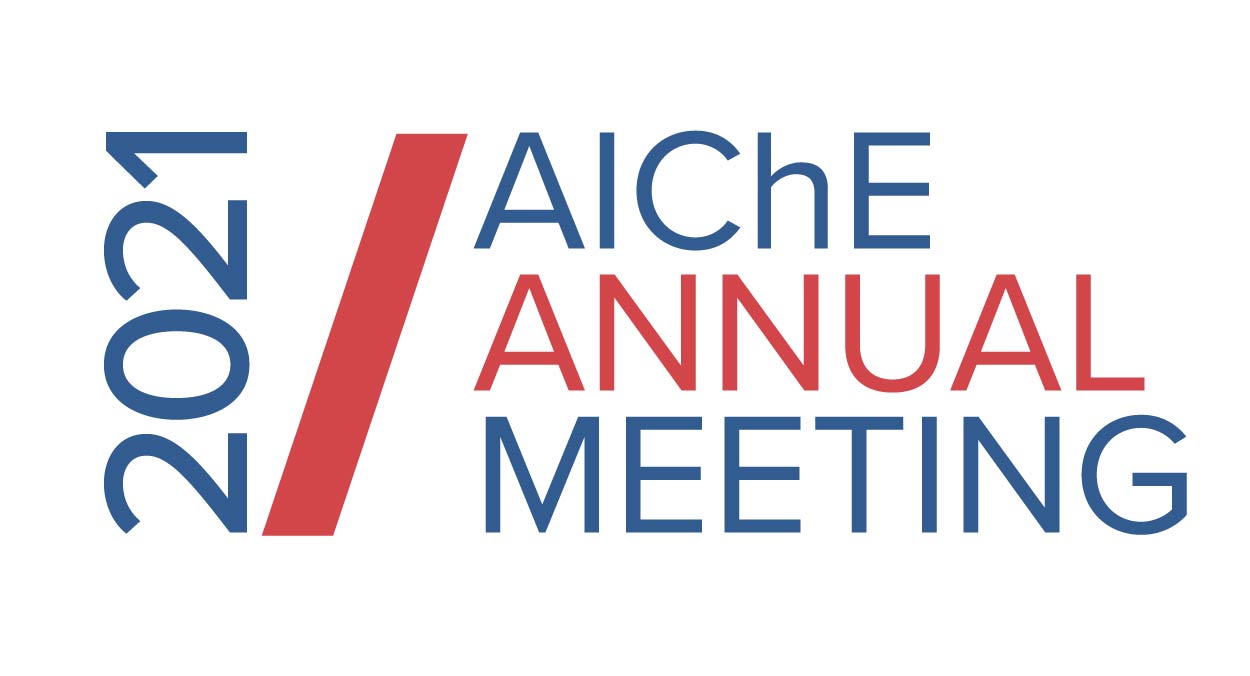

Methods: Gold nanoparticles are synthesized via the reduction of gold chloride by citrate ions, which is known as Turkevich method. PVA is not only used as contact lens matrix, but also used as stabilizer during the synthesis. By adding PVA, gold nanoparticles are also more stable against the salt in the solution, which enables a greater yield of gold nanoparticles during the synthesis. The concentration of gold nanoparticles can be further adjusted by anti-solvent precipitation and particle re-dispersion. Gold nanoparticles separate into the PVA phase due to the non-bonded interaction between gold and PVA so that the phase separation achieved by adding anti-solvent contributes to the collection of Au/PVA nanocomposite. The nanocomposite can be redispersed in a good solvent without affecting the morphology of gold nanoparticles. Au/PVA contact lens is fabricated by physical crosslinking method through cyclic freezing/thawing process. When the freezing/thawing process is repeated, more PVA crystallites will be generated, which serve as crosslinkers in the PVA matrix.
Results: SEM image shows that gold nanoparticles are uniformly distributed in the contact lens with no aggregates observed. From the transmittance measurement, gold nanoparticles in the contact lens absorb wavelengths of around 530 nm due to the localized surface plasmon resonance (LSPR), which is used for laser protective application. When increasing the gold loading, more shielding effect will be achieved. The power of the laser is attenuated by more than 60% when the gold loading reaches 4% (wt%) and more than 90% shielding can be achieved when the gold loading reaches 7% (wt%). Under the laser radiation heat can be generated from the lens, which can also be utilized for Meibomian dry-eye treatment.
Conclusions: We developed a new method for gold nanoparticle PVA-based contact lens fabrication. PVA serves as both stabilizer during the particle synthesis and the contact lens matrix. High gold loading in contact lens can be achieved by concentrating gold nanoparticles through anti-solvent precipitation while maintaining the original morphology of the particles. Gold nanoparticles in the contact lens absorb the light resulting a shielding effect against the laser radiation.
